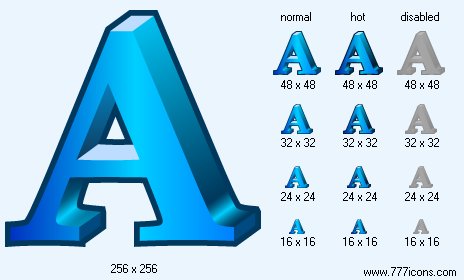


|
| ||||||||
|
|
Text Icon |
|
Image sizes: 48x48, 32x32, 24x24, 16x16, 128x128, 256x256
File formats: BMP, GIF, PNG, ICO
Tags: cool pc icons, urlbar icons, aaim icons, datebk5 icons, freemyspace icons
For the type-file job it is necessary to use reserved words File and Of then to specify type of components of a file.Example: Type N = File Of Integer; Type-file of integers
C = File Of Char; Type-file of characters
There is file type in advance defined in Pascale with name Text. Files of this type name text.
Having entered file type, it is possible to define and variables of file type:
Var F1: N; F2: C; F3: Text;
The type-file can be described and it is direct at introduction of file variables:
Var
Z: File Of Word;
File variables have specific application. Over them it is impossible to fulfil any operations (to assign value to compare etc.). They can be used only for performance of operations with files (reading, record etc.).
File units are considered allocated consistently, that is the same as units of the linear array. Difference consists that, first, file sizes can vary, secondly, a way of call to units absolutely another: it is impossible to access to any unit of a file; its units are viewed only successively from the beginning by the end, thus in each instant one unit is accessible only. It is possible to imagine that for each file there is a pointer showing at present on a certain component of a file. After carrying out of reading or record the pointer automatically moves on the following component. Before carrying out input-output, the file variable should be linked to a concrete external file by means of procedure Assign.
Copyright © 2006-2022 Aha-Soft. All rights reserved.
|

